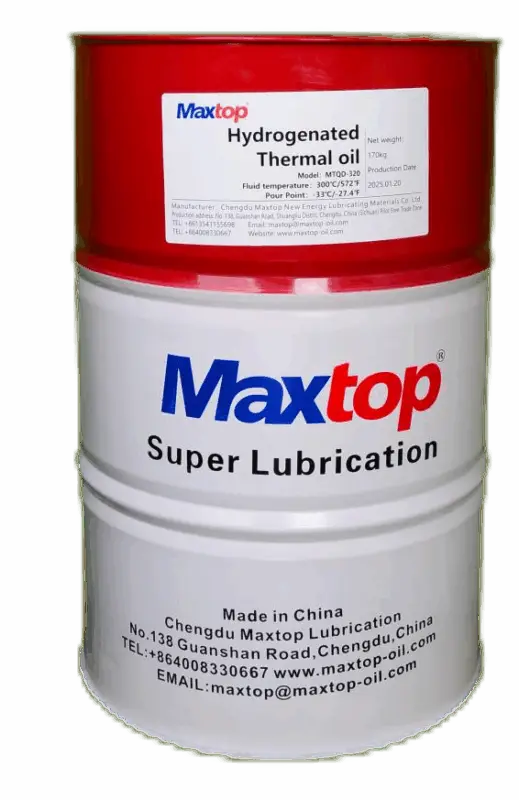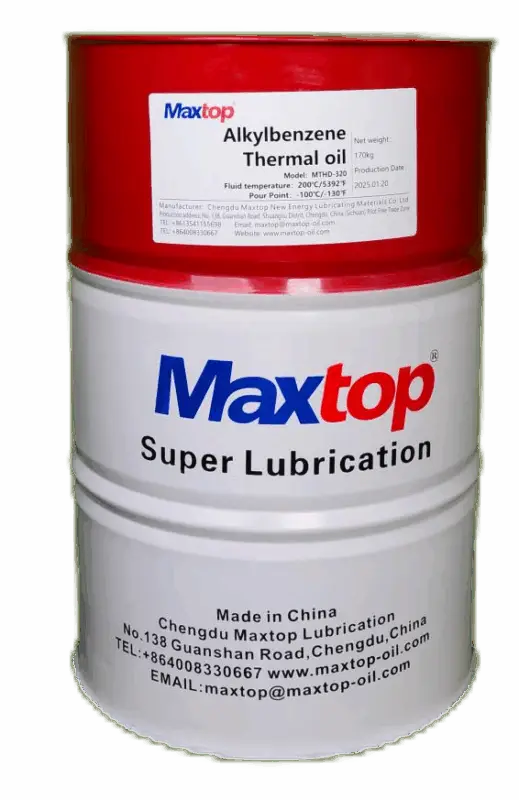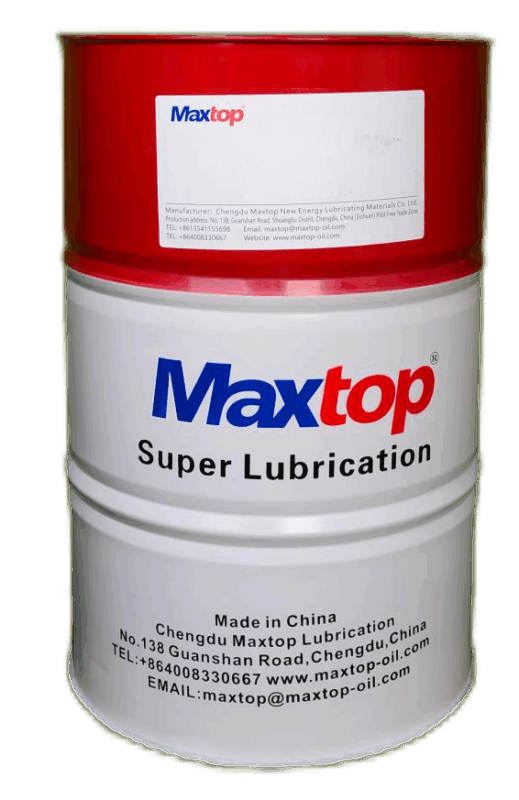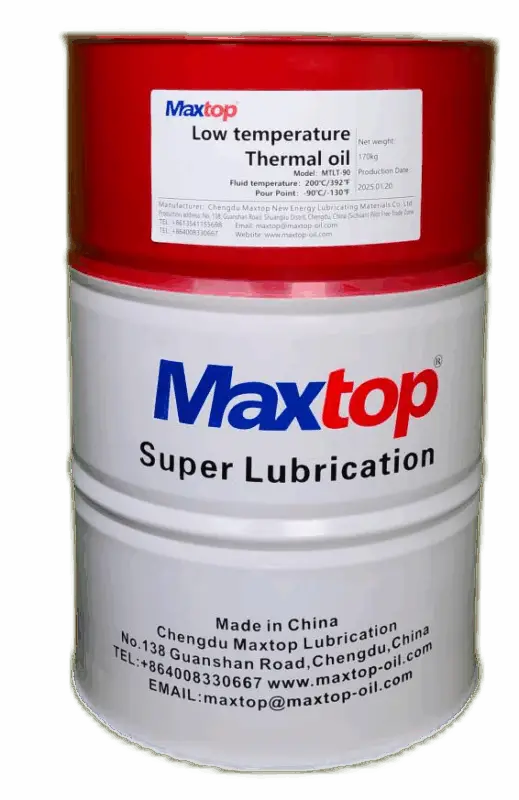Understanding Heat transfer fluid Overflow in Heating Systems: Causes, Prevention & Emergency Response
Presented by Maxtop – Your Trusted Heat Transfer Fluid Partner
In recent years, incidents involving heat transfer fluid systems, particularly overflow events, have become increasingly common in industrial operations. These events can cause significant equipment damage, production downtime, and safety risks. Although thermal oil heating systems are well-established technologies, they still carry risks when operating at high temperatures.
As a leading manufacturer of heat transfer fluids, Maxtop is dedicated to helping customers reduce risks by supplying high-quality fluids and expert advice. This article outlines the main causes of heat transfer fluid overflow, prevention strategies, and how to respond if an incident occurs.
🔍 Common Causes of Heat Transfer Fluid Overflow
| Cause | Description |
|---|---|
| 1. Sudden Mixing of Hot and Cold Oil | When hot heat transfer fluid rapidly enters a cold return system, low boiling point components vaporize quickly, increasing system pressure and causing overflow. |
| 2. Fast Heating During Dehydration | Rapid temperature rise during startup causes residual water and volatile substances in the fluid to vaporize aggressively, potentially leading to tank leaks or overflow. |
| 3. System Failures | Pump failures, sudden power outages, or pipeline leaks interrupt fluid circulation. Continued heating causes vaporization that forces fluid into the expansion tank, resulting in overflow. |
✅ How to Prevent Heat Transfer Fluid Overflow
| Prevention Step | Best Practice |
|---|---|
| Controlled Flow Rate | Open valves slowly when introducing hot fluid into cold systems to ensure smooth flow and temperature transition. |
| Slow Heating Curve | Follow a gradual heating schedule during startup or dehydration to prevent sudden pressure spikes. |
| Emergency Preparedness | Install temperature and pressure sensors, and train operators on shutdown procedures and safety protocols. |
🚨 Emergency Response to Heat Transfer Fluid Incidents
| Incident Type | Recommended Action |
|---|---|
| Minor Leak / Tank Bulging | Immediately shut down the heater and blower. Locate and repair the leak before resuming operation. |
| Pipe Burst / Major Leak | Cut off heat sources, isolate the fluid from ignition sources, and use extinguishers if a fire occurs. Notify safety personnel. |
| Explosion or Fire | Activate safety valves and pressure relief in expansion tanks. Follow emergency protocols and contact local fire services. |
🌟 Why Choose Maxtop Heat Transfer Fluid?
Maxtop specializes in premium thermal fluids designed for high temperature stability, low volatility, and extended service life. Our products are widely used across industries such as:
-
Chemical processing
-
Plastics and rubber manufacturing
-
Textile dyeing and finishing
-
Food and pharmaceutical production
We offer not only reliable fluids but also technical support, system diagnostics, and tailored fluid selection to suit your specific application needs.
📞 Partner with Maxtop for Safer Heat Transfer Systems
Heat transfer fluid overflow is preventable with the right products, proper system design, and disciplined operation. Choosing Maxtop means investing in quality, safety, and long-term performance.
👉 Contact Maxtop today for a free consultation or to learn more about our comprehensive range of heat transfer fluid solutions.
Product Recommendation
-
 Hydrogenated synthetic heat transfer fluid
Hydrogenated synthetic heat transfer fluid
-
 Alkylbenzene synthetic heat transfer fluid(MTHD320)
Alkylbenzene synthetic heat transfer fluid(MTHD320)
-
 Special electric heating heat conduction fluid series
Special electric heating heat conduction fluid series
-
 Electric heating oil compound heat conduction fluid
Electric heating oil compound heat conduction fluid
-
 Mineral Heat Transfer fluid(MTYD320)
Mineral Heat Transfer fluid(MTYD320)
-
 Anti-coking Heat Transfer Fluid (MTD300)
Anti-coking Heat Transfer Fluid (MTD300)
-
 Low temperature heat transfer fluid series products
Low temperature heat transfer fluid series products

